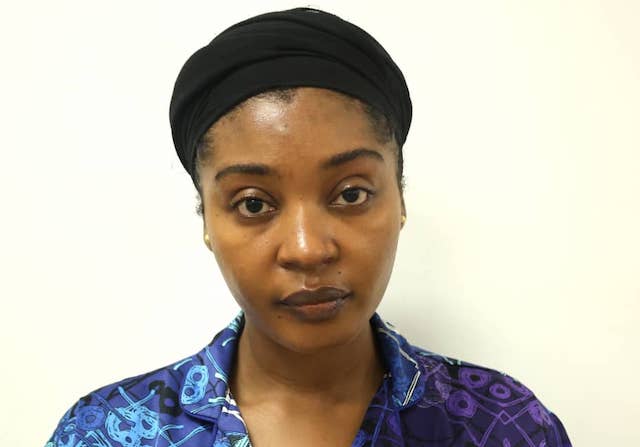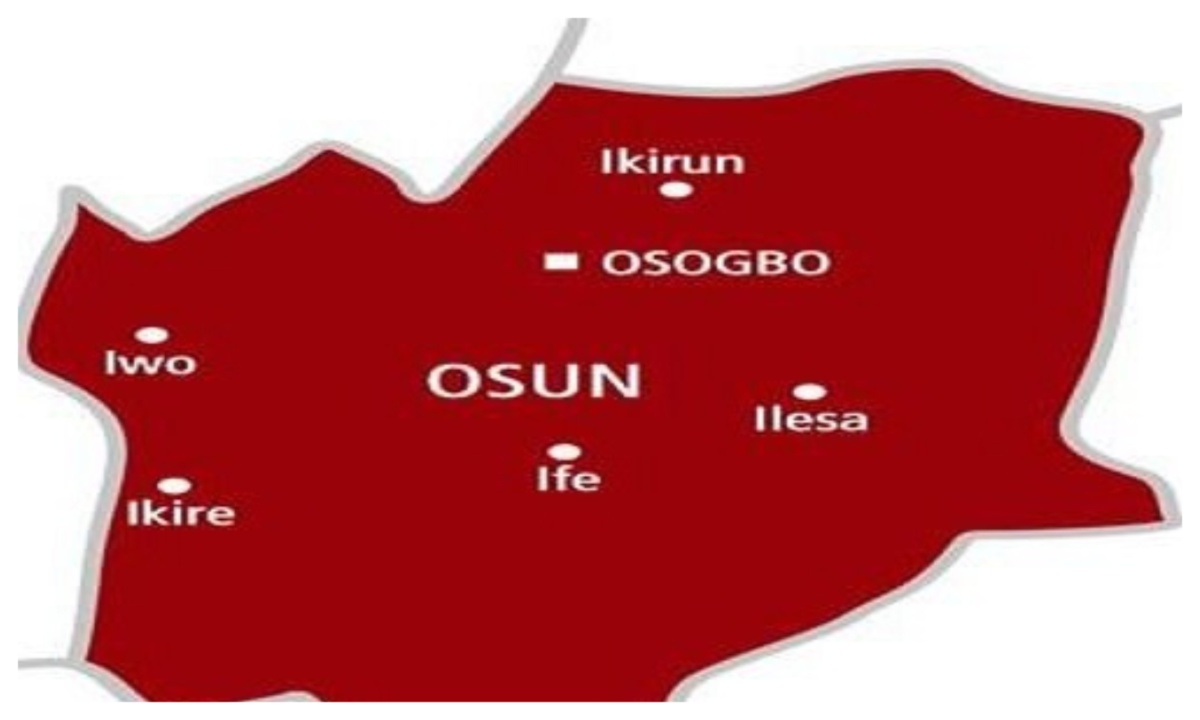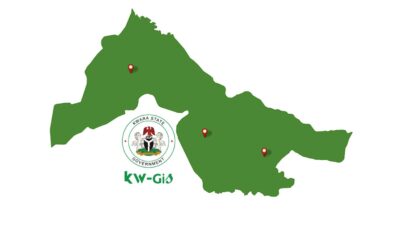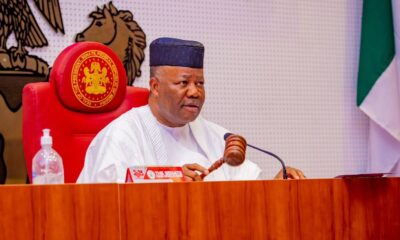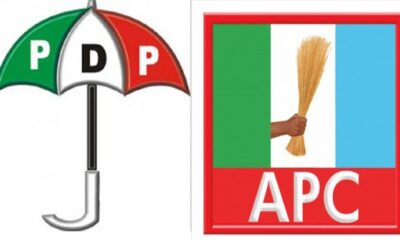The state Commissioner of Police, Shetima Mohammed, made the disclosure during a press briefing at the command’s headquarters on Tuesday in Lafia, the state capital.
According to him, a distress call was received from the Alhaji Yahaya Sabo Motor Park, Bukan Sidi, Lafia, on Monday, at about 1100 hours, when it was reported that a suspect had been intercepted by motor park officials for alleged involvement in organ harvesting.
The CP, therefore, noted that upon receiving the information, he immediately directed the Divisional Police Officer of ‘B’ Division, Lafia, to proceed to the scene. He added that the suspect was subsequently handed over to the operatives, and four victims were successfully rescued.
He said, “Preliminary investigation revealed that on Friday, November 14, 2025, one Maro Ebojoh ‘M’, 40 years old, of Ogbara Inland Area, Ethiope East LGA, Delta State, arrived in Lafia to source potential organ donors and prepare them for an immediate kidney transplant.
“He lured the following victims with a promise of N2,000,000 payment upon completion of the procedure: Umar Ahmadu Barau, 25 years, Suleiman Alhaji-Garba, 20 years, Williams Dadung, 32 years, and Stanley Ezekiel, 27 years.
“The suspect took all the victims to a hospital for medical evaluation. One of the victims, having passed the initial screening, was moved to Abuja for the transplant, but the procedure could not hold due to issues related to blood pressure. The victim was subsequently lodged in a hotel to stabilise. Operatives of the command swiftly moved to Abuja and rescued the victim unhurt.”
Mohammed narrated that the suspect confessed to the crime and further stated that the agreed amount between him and his client was ₦6.5m, out of which he had received an advance payment of N500,000, while the donors were to be paid ₦2m.
“He also confessed to having successfully procured a donor for another client two months ago. In that case, he received ₦1m while the donor was paid ₦2.5m,” the CP explained.
The CP further urged members of the public to remain vigilant and cautious, particularly against individuals who disguise themselves as genuine organ donor solicitors but are, in fact, involved in organ harvesting for financial gain.
In another development, the state police boss narrated how operatives of the command raided a criminal hideout in the Karu Local Government Area of the state, where nine suspects were arrested.
He mentioned the names of the suspects to include Ahmed Ibrahim, 27 years; Yusuf Abdulazeez, 23 years; Ismaila Abubakar, 18 years; Abdulrahman Mujahid, 20 years; Abdullahi Abdulazeez, 29 years; Muntaka Garba, 21 years; Hashiru Adamu, 21 years; Abdulrahman Jamilu, 22 years; and Auwalu Bashiru Attah, 20 years.
He said, “On 04/11/2025 at about 1030hrs, police operatives attached to the Mararaba ‘A’ Division raided a criminal hideout located along Musbawu Street, Mararaba, Karu LGA, Nasarawa State.
“Preliminary investigation revealed that the suspects were responsible for numerous gang-related robbery operations at night within Mararaba and its environs. Their modus operandi involved attacking residents, stealing mobile phones, and transferring funds from victims’ bank accounts before selling the stolen devices to unsuspecting buyers.”
He added, “The suspects confessed to the crimes and also admitted to carrying out a robbery operation on 20/05/2025 at the Uke area of Karu LGA, during which they attacked and killed the son of a serving police officer.
“The case is currently under investigation at the State Criminal Investigation Department, Lafia, and the suspects will be charged in court upon conclusion of investigations.”
punch.ng
FOLLOW US ON:

